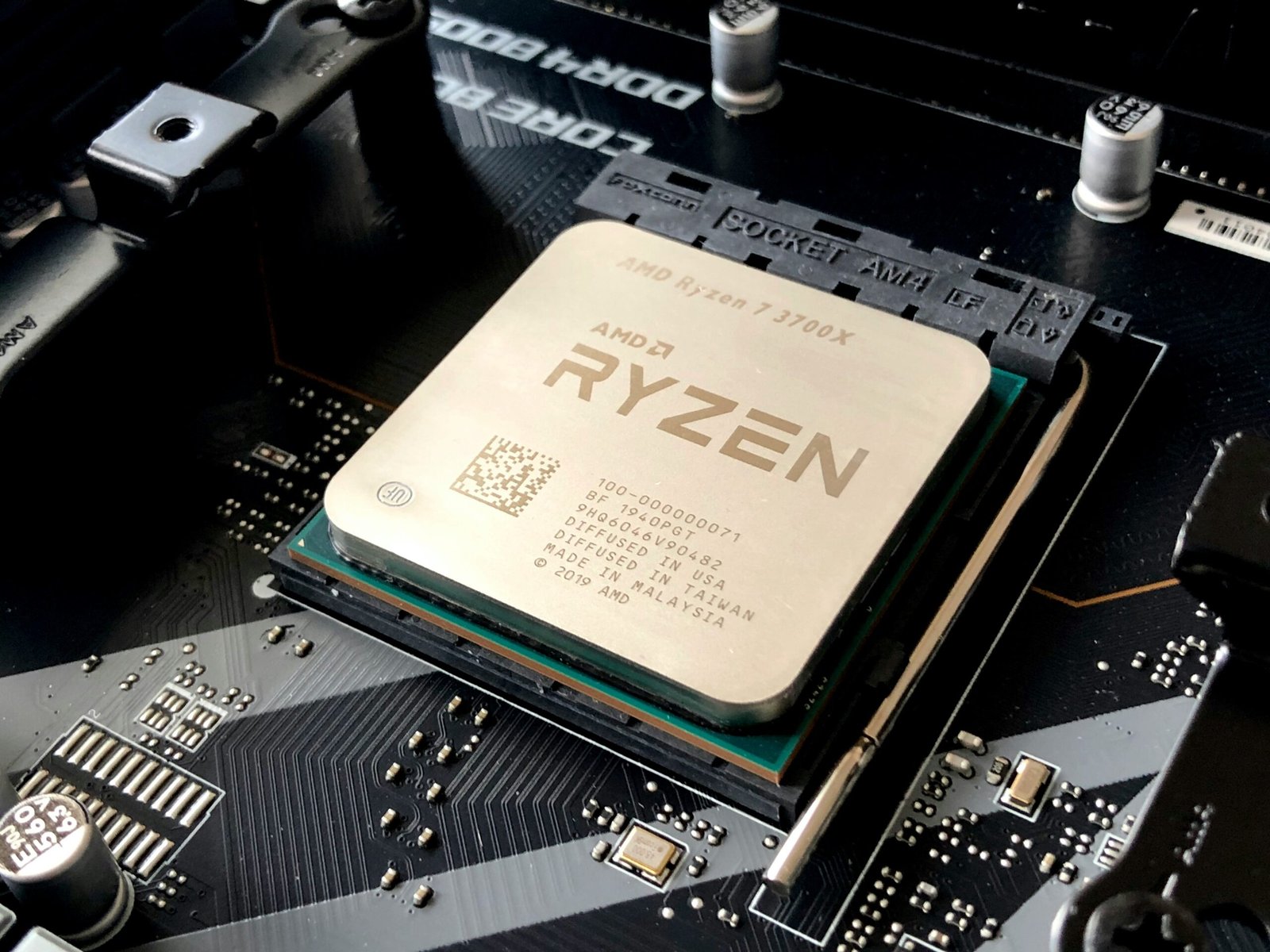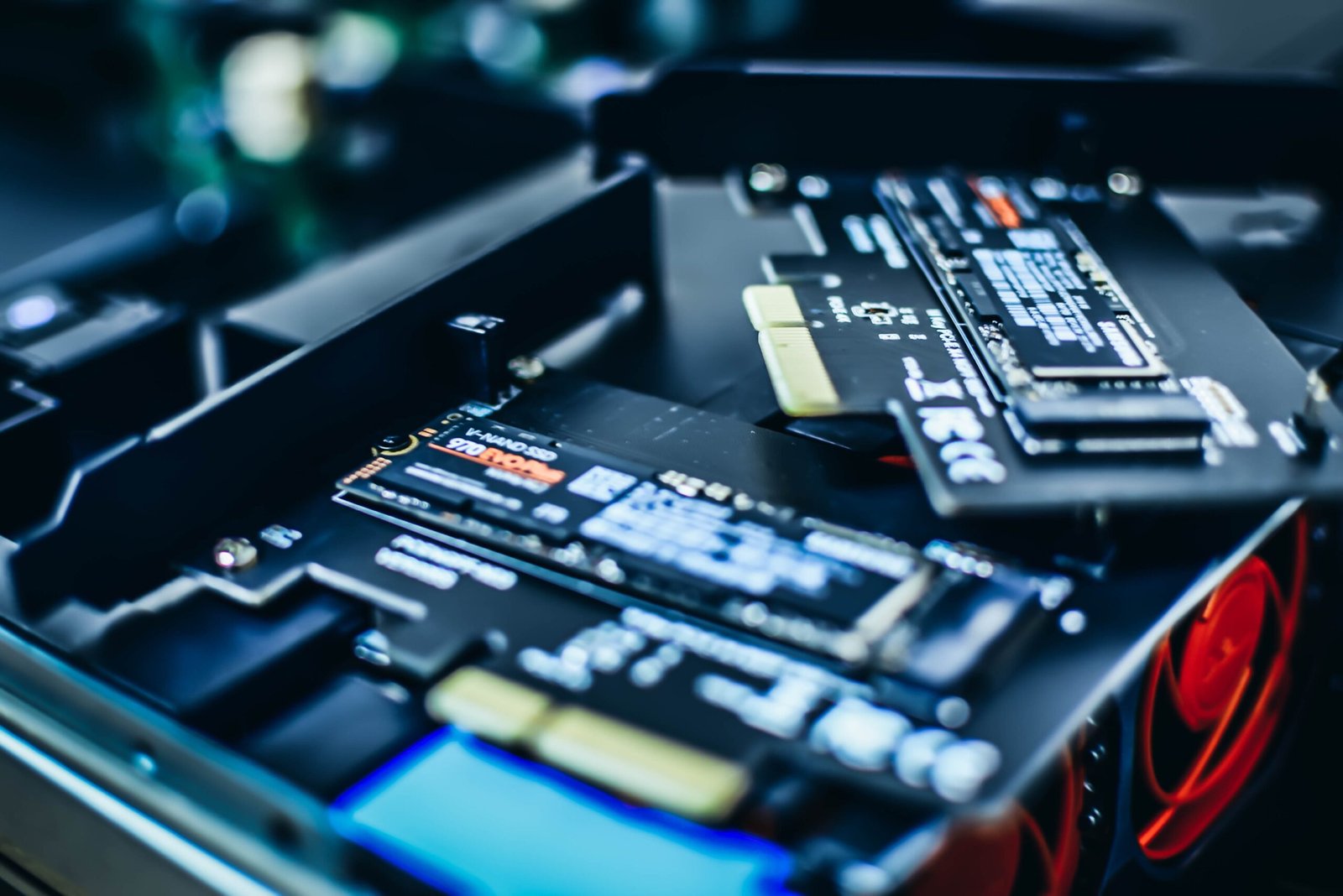Introduction
When it comes to understanding how a computer works, it is essential to have a basic understanding of the central processing unit (CPU). The CPU is often referred to as the “brain” of the computer, as it is responsible for executing instructions and performing calculations. In this article, we will explore the hardware components that make up the CPU unit and their functions.
The Central Processing Unit (CPU)
The CPU is a complex piece of hardware that consists of several components working together to carry out the computer’s operations. Let’s delve into the main hardware components found inside a CPU unit:
1. Control Unit (CU)
The Control Unit is responsible for managing and coordinating the activities of the CPU. It fetches instructions from the computer’s memory, decodes them, and directs the appropriate components to execute the instructions. The CU acts as the traffic controller, ensuring that each instruction is carried out in the correct sequence.
2. Arithmetic Logic Unit (ALU)
The Arithmetic Logic Unit is the part of the CPU that performs mathematical calculations and logical operations. It can add, subtract, multiply, and divide numbers, as well as perform operations such as AND, OR, and NOT on binary values. The ALU is crucial for executing the instructions and manipulating data within the CPU.
3. Registers
Registers are small, high-speed memory units located inside the CPU. They store temporary data and instructions that the CPU needs to access quickly. The CPU has several types of registers, including the program counter (PC), which keeps track of the memory address of the next instruction to be executed.
4. Cache Memory
Cache memory is a small, high-speed memory located closer to the CPU than the main memory (RAM). It stores frequently accessed data and instructions, allowing the CPU to retrieve them quickly. The cache memory helps reduce the time it takes for the CPU to access data, improving overall system performance.
5. Clock Generator
The clock generator produces electrical signals that synchronize the activities of the CPU. It generates a series of pulses known as clock cycles, which determine the speed at which the CPU operates. The clock speed is measured in Hertz (Hz) and determines the number of instructions the CPU can execute per second.
6. Bus Interface Unit (BIU)
The Bus Interface Unit is responsible for managing the communication between the CPU and other components of the computer system. It controls the flow of data and instructions between the CPU, memory, and input/output devices. The BIU ensures that data is transferred efficiently and accurately.
7. Heat Sink and Fan
Modern CPUs generate a significant amount of heat during operation. To prevent overheating, a heat sink and fan are attached to the CPU. The heat sink absorbs and dissipates the heat, while the fan helps to cool the CPU by blowing air over the heat sink. This combination ensures that the CPU operates within a safe temperature range.
Conclusion
The CPU unit is a vital component of any computer system, and understanding its hardware components is key to comprehending how a computer functions. From the control unit and arithmetic logic unit to registers and cache memory, each component plays a crucial role in executing instructions and processing data. By grasping the inner workings of the CPU, you can gain a deeper appreciation for the complexity behind the technology we use every day.



